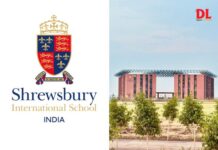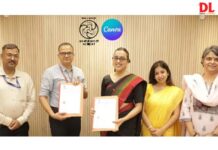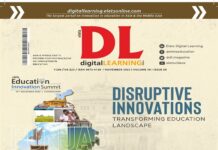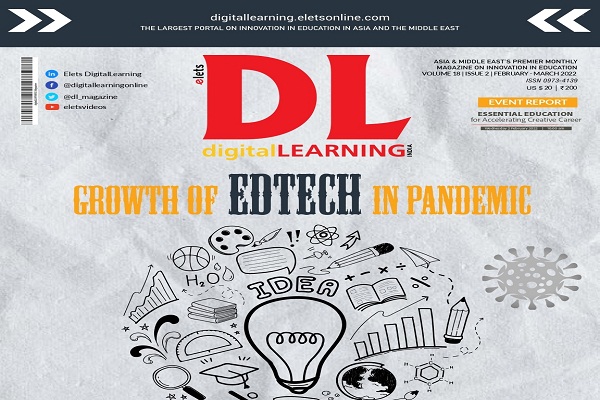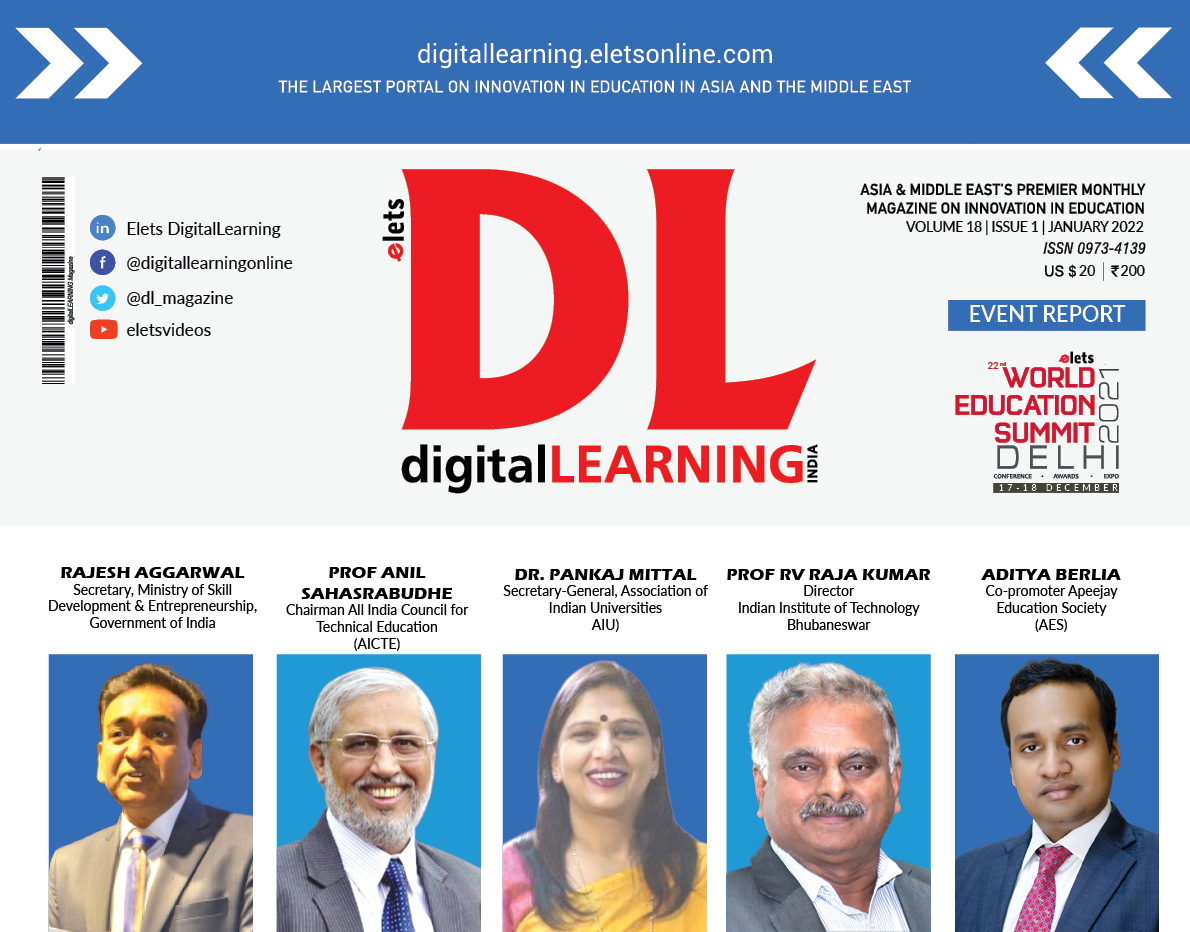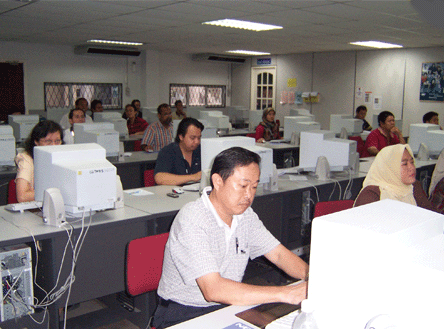
The e-Learning Centre (i-LEC) of UiTM was established in December 2005, to serve as the core unit in initiating and implementing e-learning on a campus wide level. The main function of the centre is to implement and provide services to create a learning environment where lecturers provide Web-based contents and online learning activities. Universiti Teknologi MARA, with fifteen branch campuses spread throughout the country offers indeed vast untapped resources as far as expertise and infrastructure. This article attempts to describe the University's efforts to embark on e-learning in a big way after a span of only one year of implementation efforts.
In Malaysia, e-learning is no longer a new phenomenon, but it has not ceased to be a hot topic. It has established itself as an option in all level of education, especially in tertiary education, where it is poised to take a larger role. The diffusion of information and communication technology (ICT) has enabled existing and new institutions of higher learning in Malaysia to offer their educational services to a wider market place and in many instances, beyond geographic locations. The demand for education, on the other hand has been growing so rapidly in the last few decades most particularly among adults. This phenomenon is closely related to the change from the industry-based economy to the emerging knowledge-based economy, which focuses on the development of the human capital as the major contributor to a holistic development.
 Universiti Teknologi
Universiti Teknologi
MARA (UiTM)
Universiti Teknologi MARA (UiTM) is Malaysia's premier institution of higher learning that has experienced a phenomenal growth since its inception in 1956. The university has expanded nationwide with 3 satellite campuses, 12 branch campuses, 6 city campuses, 25 franchise colleges and a smart campus for the future. Its formation is based on a vision of outstanding scholarship and academic excellence that is capable of providing leadership in all fields of internationally recognized professional study.
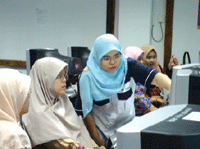 The university has the broadest range of disciplines that any one university can boast of-from hotel and tourist management to accountancy to communication and media studies to medical and health technology, encompassing 25 faculties and 250 academic programmes spread over Science and Technology, Social Sciences and Humanities and Business Management.
The university has the broadest range of disciplines that any one university can boast of-from hotel and tourist management to accountancy to communication and media studies to medical and health technology, encompassing 25 faculties and 250 academic programmes spread over Science and Technology, Social Sciences and Humanities and Business Management.
Moving some activities online for example tutorials, discussion, announcements and assessment online and out of the classroom not only reduces demands on buildings but also creates efficiencies as digital materials are much faster, cheaper to produce, copy, distribute, adapt and share than other formats anywhere anytime
Today, the university has an enrolment of nearly 100,000 students spread through out the country registered in all the different modes of study and disciplines. UiTM being a pioneer institution of higher learning is totally committed to producing a significant number of Bumiputra professionals who are skilled in a broad spectrum of competencies covering a wide range of industrial and vocational requirements and therefore when given the mandate by the government that UiTM students enrolment will be expected to increase to 200,000 in ten years time, the university responded positively as it will contribute towards development of the human capital and increasing the national productivity of the country.
E-learning: The new age solution
To respond to the challenge of 200,000 student enrolment and internationalisation of higher education, the management of the university is confident with the potential of the technology, most especially the growing availability of Internet connections. E-learning could be the solution to the growth of the student population for the university within the time given and the promotion of life long learning by taking advantage of the technological opportunity.
For UiTM, e-learning will create an extended learning environment that supports, complements and enriches face to face classroom teaching and learning for the on-campus programmes as well as distance learning programmes. Now learning can extend well beyond the classroom in a blended learning powered by the virtual capabilities of e-learning. Academics now can put course materials online for students to access and also create online activities and discussion to improve students understanding and encourage deeper learning. Besides, moving some activities online for example tutorials, discussion, announcements and assessment online and out of the classroom not only reduces demands on buildings but also creates efficiencies as digital materials are much faster, cheaper to produce, copy, distribute, adapt and share than other formats anywhere anytime. E-learning is also easier for mature students and post graduate programmes.
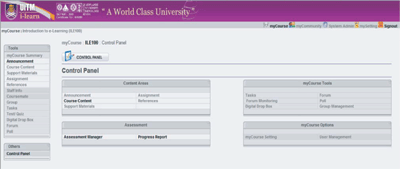
The distance learning initiative for UiTM began since 1973 with the establishment of the Off Campus School which provides off campus learning opportunities (for certificate and diploma programmes) to individuals aspiring for higher education and improved qualifications but who are unable to take advantage of traditional modes of education. In 1990 the function and responsibilities of the Off Campus School were expanded to include distance-learning programmes through the use of study manuals and audio recordings. In 1995 the Off Campus School name was changed to 'The Institute of Education Development (InED)' and since July 2000, it began to offer online programmes (diploma, degree and masters) via the Internet. Currently, the Institute has an enrolment of 8,000 students and has successfully produced 3,000 graduates since its establishment.
The achievements at i-Lec shows 60% of lecturers registered as active instructors and 1600 courses delivered onto the portal accessible to students anywhere anytime by the end of April 2006. Beginning June 2006, data of all full time students has been successfully integrated into the system and through the i-student portal they can access the i-learn portal and course content
With the explosive growth of the Internet, in 1999 the university began to consider incorporating e-learning into its education offerings and not only limited to distance learning but also to complement on-campus programs. The main challenge was how best to create a potentially powerful learning environment that could enhance full-time on-campus education in the shortest time possible. The university embarked on a pilot project with twenty lecturers from different faculties selected based on their interest and commitment on e-learning and use of technology in teaching. The platform chosen and used by this pilot group was Lotus Learning Space 5 (LLS 5). Subsequently two more ICT group of lecturers were trained and efforts were drastically geared towards equipping faculties with technology-enabled classrooms to encourage lecturers to adopt technology in their teaching. However, feedback from the pilot group members was not satisfactory regarding the platform. It was too cumbersome and unfriendly for them and students to get started on their own. The achievement of the project was limited due to infrastructure and software limitations and time constraint to train all lecturers as content developers. After three years, 23 courseware of highly multimedia interactive mode were completed and uploaded online.
Acquiring UiTM e-learning platform: (http://i-learn.uitm.edu.my 




